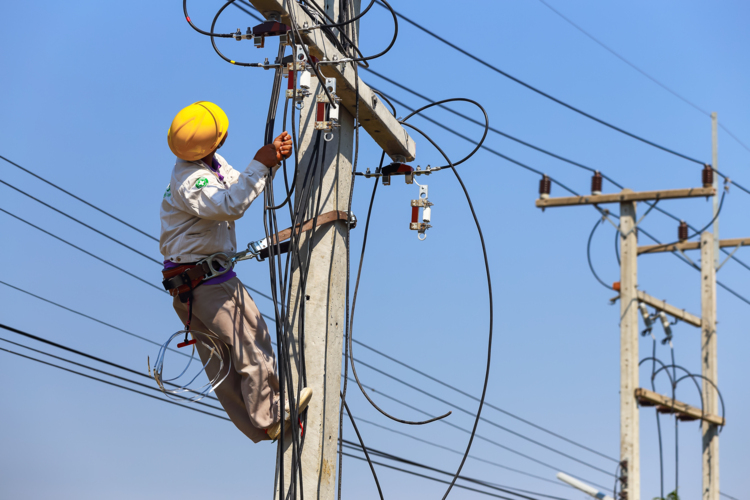 It’s December 2020 and many folks in the wireless industry are focusing on the ongoing C-band auction. But there is another band that had its auction earlier this year. CBRS (Citizens Band Radio Service) covers the 3.55-3.70 GHz band in the US, spectrum that in most parts of the world is referred to as LTE bands 42 and 43 or 5G band NR78.
It’s December 2020 and many folks in the wireless industry are focusing on the ongoing C-band auction. But there is another band that had its auction earlier this year. CBRS (Citizens Band Radio Service) covers the 3.55-3.70 GHz band in the US, spectrum that in most parts of the world is referred to as LTE bands 42 and 43 or 5G band NR78.
So how will CBRS be used?
Before going into examples it is important to note the radiated power limitations in CBRS. These limitations allow CBRS systems to radiate power levels that are both much higher than traditional “Theory of the Commons” systems such as Wi-Fi but also much lower than dedicated licensed spectrum (such as C-band or PCS).
First off, mobile network operators (MNOs) can use CBRS spectrum to augment their existing spectrum holdings. Verizon and Dish are examples of this, both having spent heavily in the PAL auction. In addition there are cable operators that deliver mobile virtual network operator (MVNO) services. They typically buy capacity wholesale from MNOs, but if they have their own spectrum, they can offload some capacity and reduce the fees they pay to MNOs.
CLICK TO TWEET: In this blog, CommScope’s Martin Zimmerman helps you understand several CBRS use cases.
CBRS and Private Networks
Another big application is private networks. A big benefit of a private network is that the network traffic can be kept local instead of sending it to a core network far away. This localization improves latency and security. Organizations that want a private network can either build and run it themselves, or they can outsource these functions. Organizations that may benefit from a private wireless network include energy and utilities, education, healthcare, transportation, retail, and manufacturing.
A key benefit of CBRS private networks is that the power levels are higher than Wi-Fi. So many applications involve linking sites that may have Wi-Fi networks but that are too far apart to be connected by Wi-Fi.
The current COVID-19 pandemic has provided many opportunities for CBRS to prove its value. For example, an Illinois hospital set-up outdoors COVID-19 test sites. These sites had local Wi-Fi but were out of range of the main hospital buildings. CBRS was used to connect these Wi-Fi hotspots to the hospital buildings while keeping potentially infected people safely distant.
Private wireless networks also provide dedicated bandwidth. For example, a hospital often is filled with patients waiting to be examined. These patients will use the available Wi-Fi or public cellular networks to access entertainment to pass the time. If the hospital has a dedicated CBRS-based private network, then it ensures that there will be sufficient capacity available for work-related activities.
Some school districts that have turned to remote learning have set up private wireless networks using CBRS to connect neighborhood homes that lack adequate broadband service.
Transportation/Logistics is another good example of the type of environment that benefits from a CBRS-based private wireless network. Within a ship dock or airport there are many vehicles that are mobile but stay within a relatively confined area. In addition many of the vehicles in this environment are spending a significant amount of time in the area, as opposed to a highway where any vehicle can have access. A CBRS-based private wireless network can offer continuous mobile coverage over a relatively large area compared to a Wi-Fi-based network.
If you are interested in setting up a CBRS-based network, whether private or public, CommScope offers a wide variety of products including radio access points, antennas, home gateways, SAS, CPI Training and supporting fiber and copper connectivity. Learn about CommScope's base station antennas for any CBRS outdoor application, plus other CBRS solutions.













